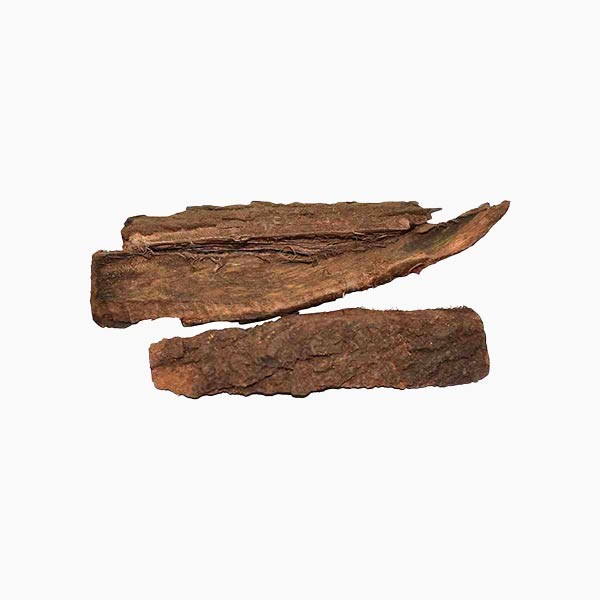Babul Chaal Herbs/बबूल छाल
Babul Chaal Herbs/Kikar Ki Chaal (बबुल छाल) : The outcome of the animal study indicates that Babul Chaal Herbs extract could be used as natural anticancer agent for human health. The study suggest that the phytochemical properties of the herb possess potential antimicrobial, antioxidant property.
The paste of the bark of the plant Acacia nilotica is applies over oozing eczemas. The Babul Chaal Herbs powder of the dried leaves is sprinkled over fresh wounds to control bleeding. In case of rectal prolapsed, the patient is advised sitz bath over the decoction prepared from the bark of the Indian Babul(Babul Chaal) plant.
The decoction prepared from the bark of the plant Acacia nilotica is used for gargling in the diseases of mouth ulcer and bleeding gums.
The paste from the leaves of the plant is applied over wound and injury caused due to contact with fire. The decoction of the plant is given in a dosage of 40-50 ml to treat diarrhea and to treat intestinal worms. The decoction prepared from the pods of the plant Kikar Ki Chaal is use to treat excessive bleeding during menstruation. The decoction of the pods and bark, in a dosage of 45-50 ml is given to treat bleeding piles and hemorrhoids. -Babul Chaal Herbs.
The leaves are crush – 2 – 3 grams, and consumed along with a teaspoon of sugar, once or two times a day, for the treatment of spermatorrhoea / Dhat syndrome or nightfall. -Babul Chaal Herbs.
Babul is a large spreading multi-stemmed shrub or small upright (i.e. erect) single-stemmed tree about 7 to 13 meters tall, with a stem diameter of 20 to 30 cm. It prefers semi-arid, warmer temperate and sub-tropical regions but is also found in tropical environments and will grow near water sources in arid areas.
Babul Chaal Herbs grows well in alluvial loam and black cotton soils. Plant has deep woody taproot with several branching surface laterals. The crown is low, spreading and almost symmetrical, and can be flattened or a rounded umbrella-shape (in free standing specimens).
The Kikar Ki Chaal is very dark brown to black with deep regular vertical grooves in older specimens. The thorns are almost straight, paired at the nodes of the stem and usually pointing slightly backwards.
It is a long established fact that a reader will be distracted by the readable content of a page when looking at its layout. The point of using Lorem Ipsum is that it has a more-or-less normal distribution of letters, as opposed to using 'Content here, content here', making it look like readable English. Many desktop publishing packages and web page editors now use Lorem Ipsum as their default model text, and a search for 'lorem ipsum' will uncover many web sites still in their infancy. Various versions have evolved over the years, sometimes by accident, sometimes on purpose.
There are many variations of passages of Lorem Ipsum available, but the majority have suffered alteration in some form, by injected humour, or randomised words which don't look even slightly believable.
Review
There are no review yet
Add A Review
Your email address will not be published.






